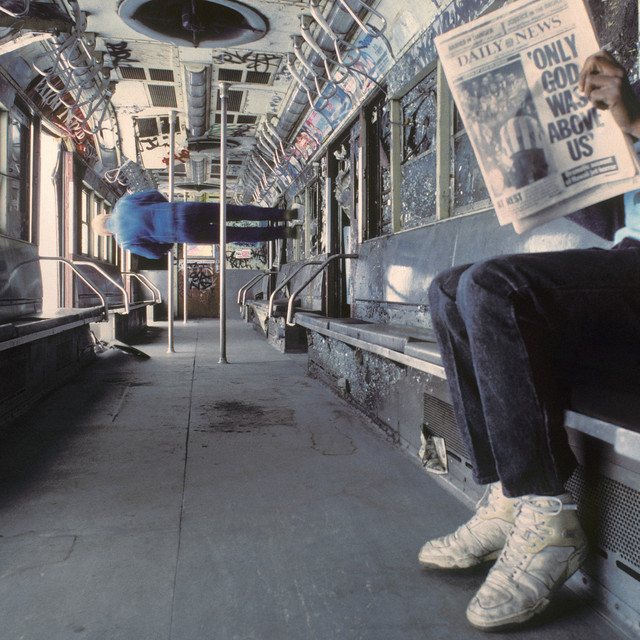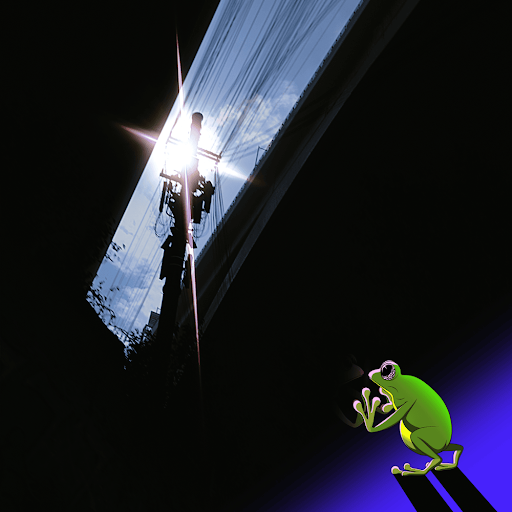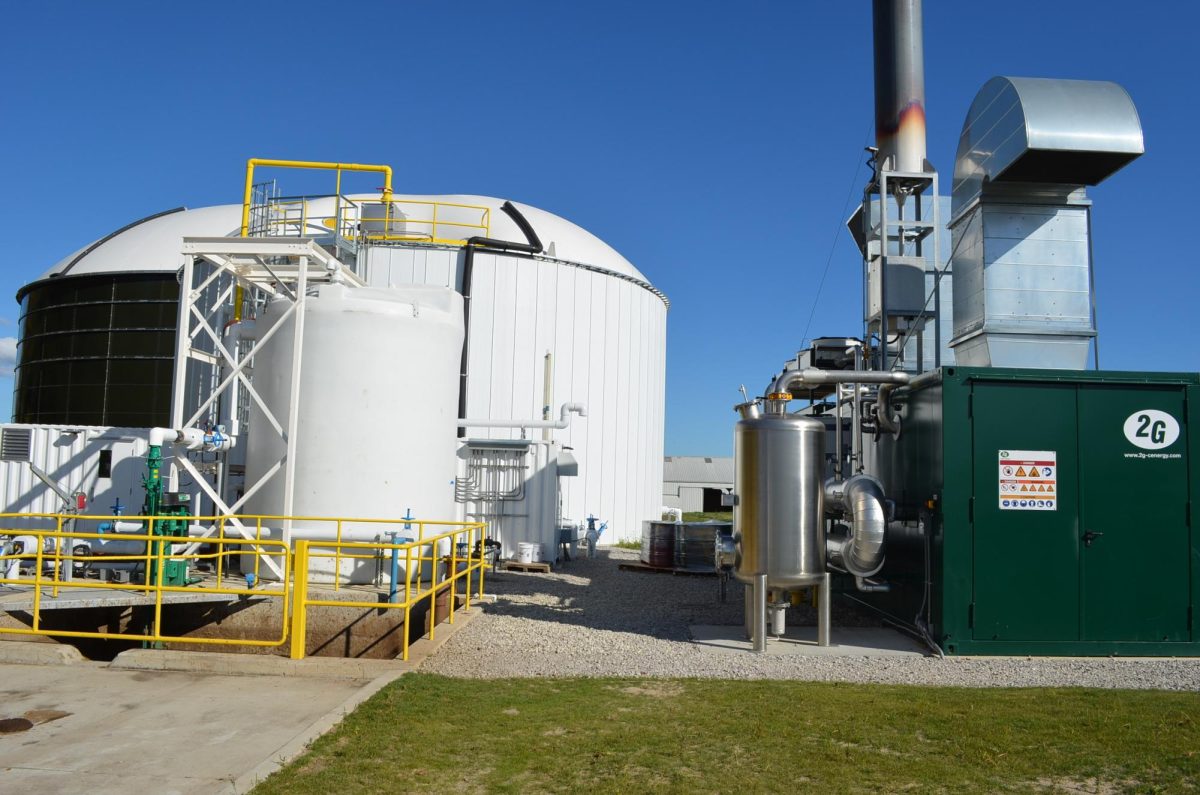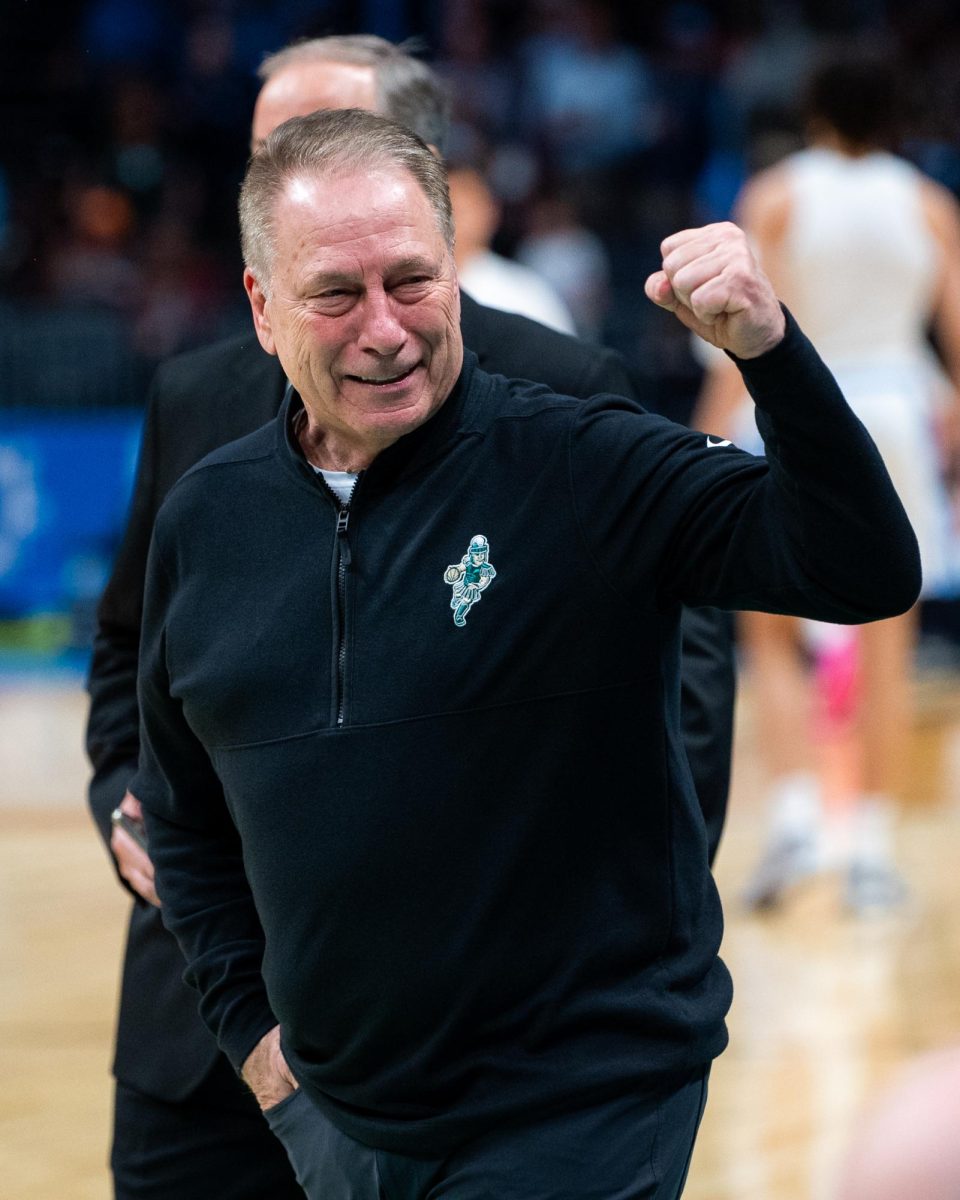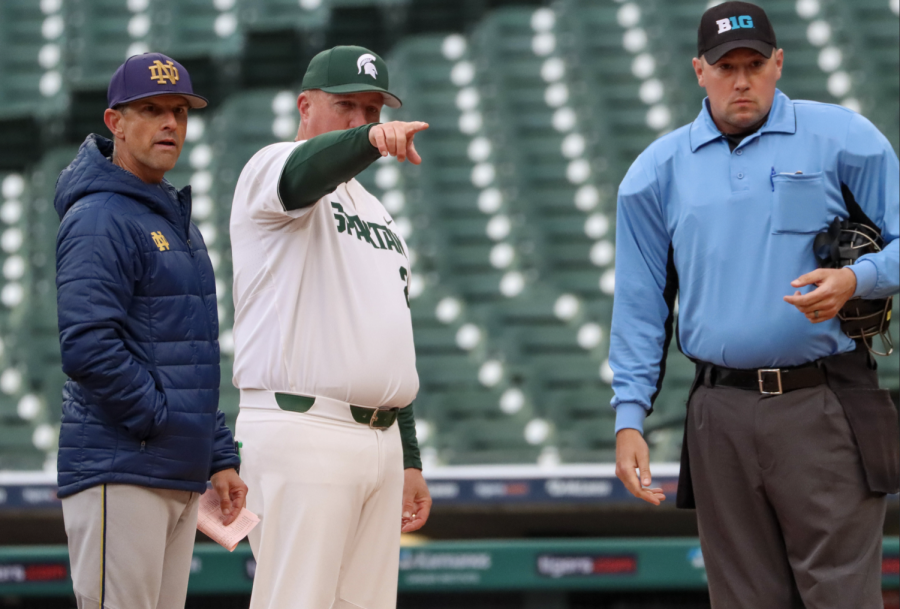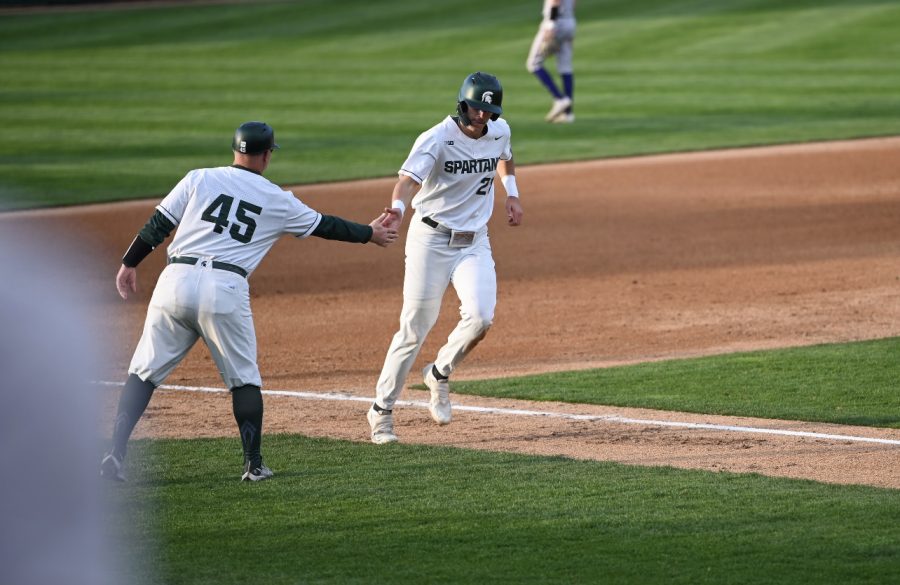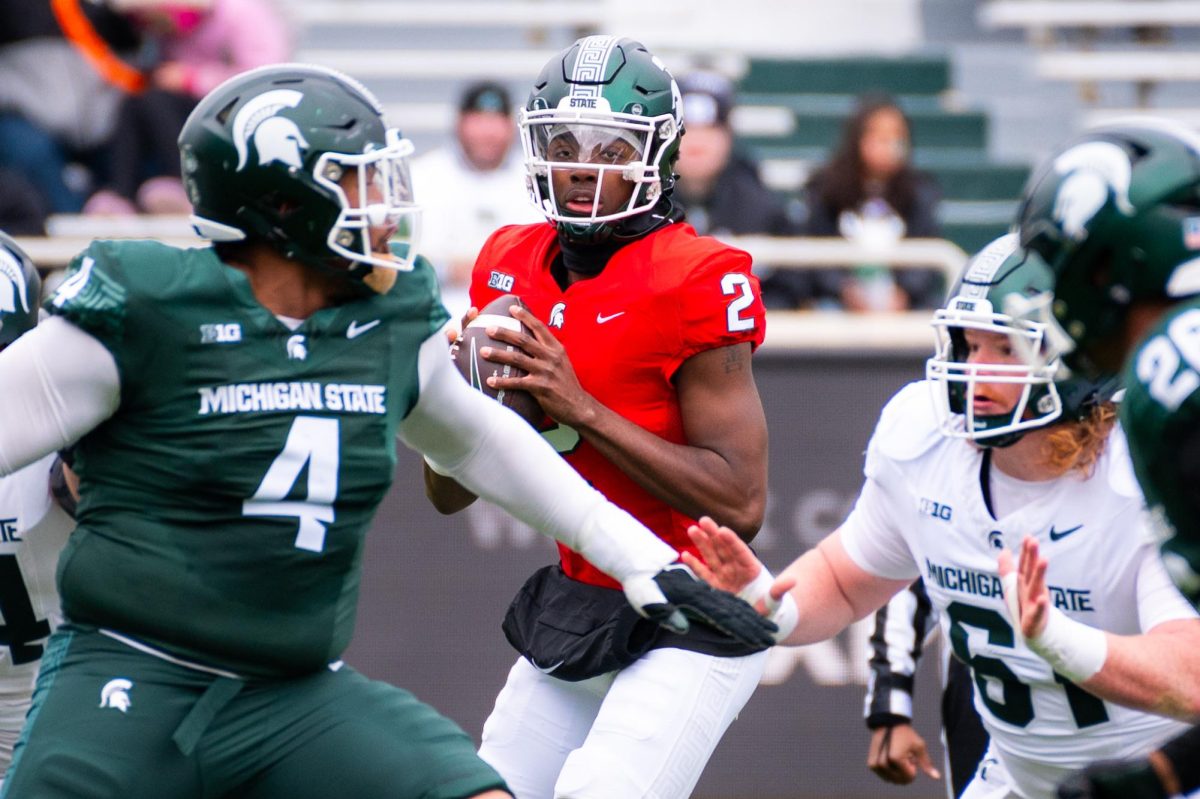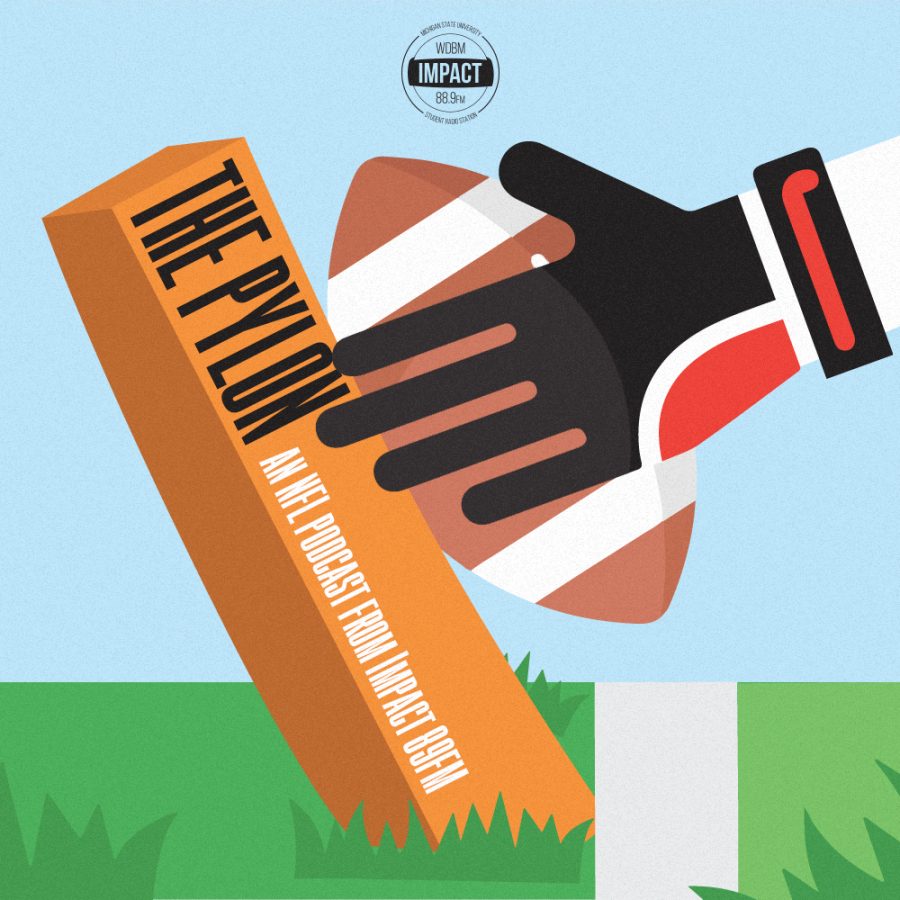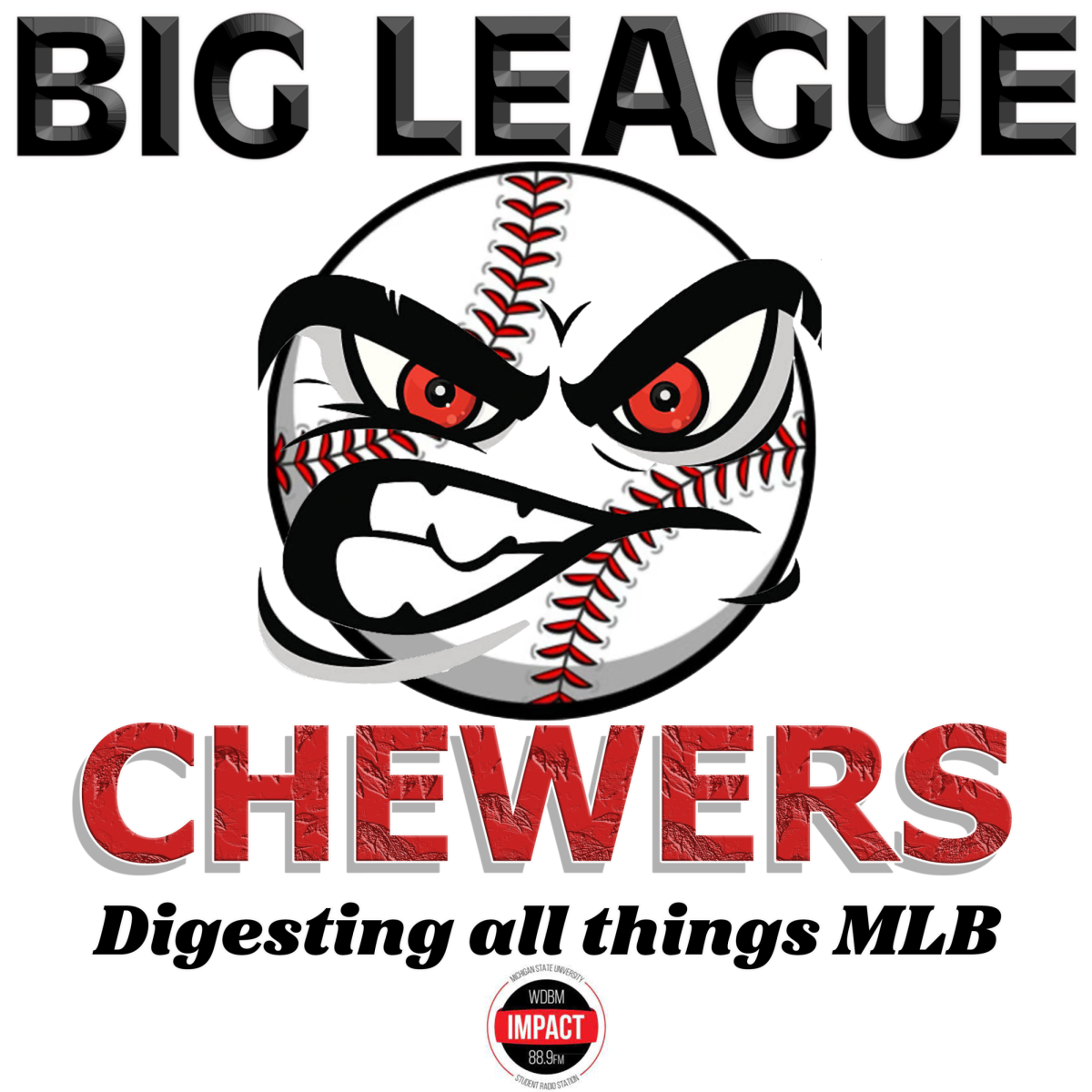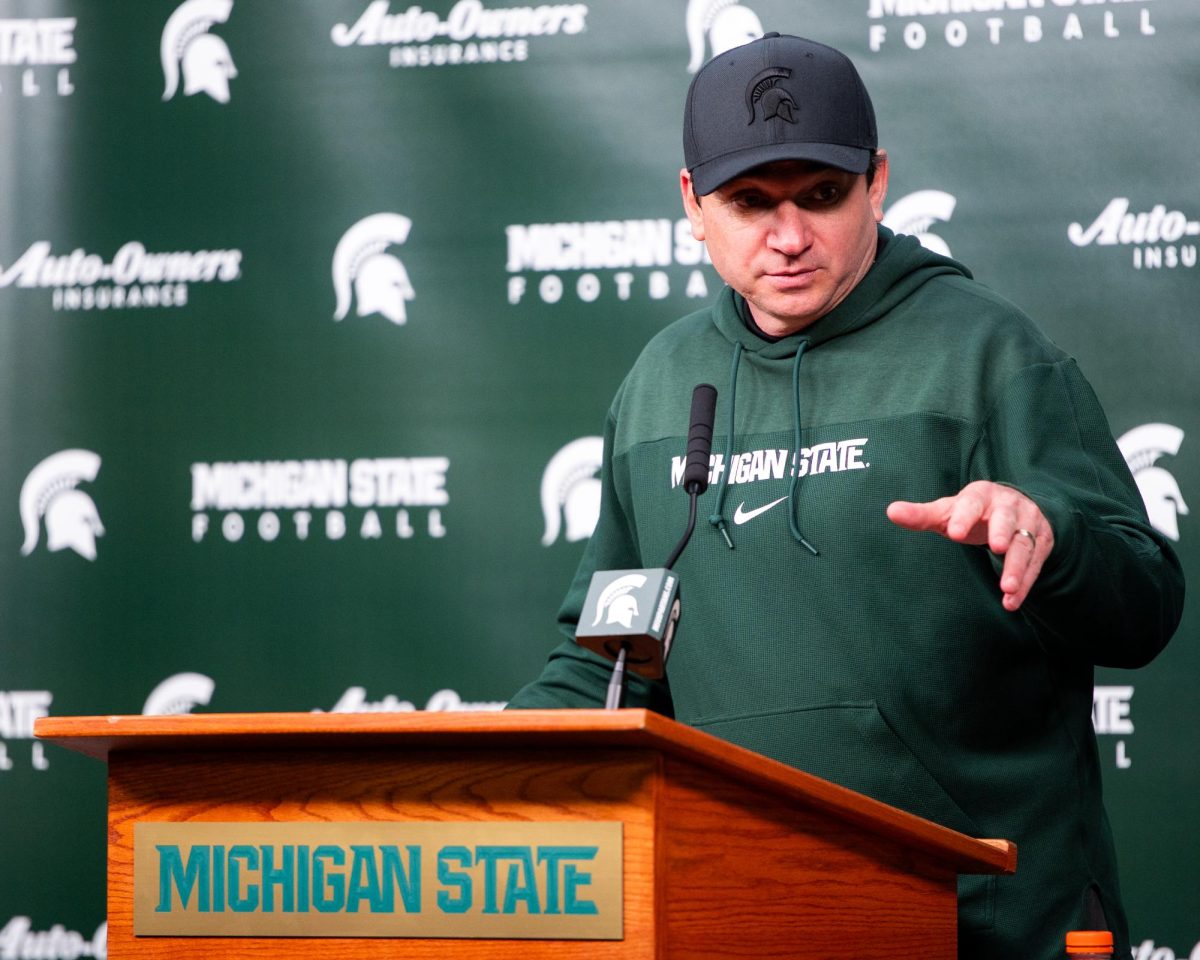The Detroit Tigers are in full rebuild mode for the first time in over a decade. Many of Detroit’s top stars have been traded away in the past calendar year, including outfielders Justin Upton and JD Martinez, second baseman Ian Kinsler and long time favorite, starting pitcher Justin Verlander. Now that the Tigers team has been depleted of most of its top talent, it’s looking like the next few seasons are going to be ones to forget.
Rebuilds can be frustrating for fans as they are often lengthy and tiring to watch, as Tigers fans know. The Tigers missed the playoffs from 1988-2005. But, with a savvy general manager and a sound coaching staff, rebuilds don’t have to be a nearly two-decade long process. Here’s what general manager Al Avila needs to focus on to help propel the Tigers back into contention as quickly as possible.
Going all in on the rebuild
Something the division foe Chicago White Sox have done well in their rebuilding process is trading absolutely anyone with trade value in return for prospects. Right now, the White Sox’s farm system is ranked the second-best in baseball by Bleacher Report, and are expected to be competitive again in the near future.
Currently, the Tigers still have a number of pieces on their roster that can draw trade value. For the rebuild to be as quick as possible, the Tigers need to deal away everyone with value. And I mean everyone. The Tigers need to trade away anyone that can draw a package good enough to potentially benefit the Tigers in the future.
For starters, the biggest piece would be Tigers’ ace Michael Fulmer. The 2016 Rookie of the Year is under team control next season and has four seasons of arbitration left, making his contract extremely team-friendly. Fulmer is just 24 years old and owns a career. A pitcher of his age and caliber with one of the most team-friendly contracts in baseball would draw some of the top prospects in the baseball. Fulmer has drawn a lot of interest from teams, primarily the New York Yankees, but general manager Al Avila has yet to receive an offer he is pleased with.
Among the other trade chips would be catcher James McCann, closer Shane Greene, outfielder Nicholas Castellanos and shortstop Jose Iglesias. According to Katie Strang of the Athletic, Avila discussed on 97.1 The Ticket earlier this offseason that McCann, Iglesias, and Greene may all be trade candidates in the near future.
More hits than misses in 2018 draft
The Tigers have the first-overall pick in the 2018 MLB First-Year Player draft, something they have not had since selecting pitcher Matt Anderson in 1997, who owned a career 5.19 ERA over seven seasons in the bullpen with the Tigers and the Colorado Rockies.
The Tigers will have the chance to take the top overall talent in this year’s draft class. The 2018 draft class features a very pitcher-heavy crop, as four of the top-five draft prospects are pitchers, according to MLB Pipeline.
Starting pitcher Brady Singer from the University of Florida is currently ranked the No. 1 draft prospect on MLB Pipeline’s Prospect Watch list. Singer was part of the same rotation as Tigers’ top pitching prospect Alex Faedo that won the 2017 College World Series, so having the two together again may create a lethal pitching combo in the future. As of right now, Singer seems to be the top overall talent in this year’s draft class, and is the obvious No. 1 pick.
However, since the Tigers already have four starting pitchers in the MLB Pipeline Top-100 Prospects list (Franklin Perez, Matt Manning, Alex Faedo and Beau Burrows) and not a single position player ranked in that list, it may make more sense for them to draft a position player.
Third baseman Nolan Gorman is ranked as the top position player by MLB Pipeline for the 2018 First-Year Player Draft. Gorman, 17, is heralded for his powerful left handed swing and his steady hands at the hot corner. However, with Jeimer Candelario at third base for the foreseeable future, it may make more sense for the Tigers to look elsewhere.
Shortstop Nander De Sedas is ranked the No. 2 position player by MLB Pipeline for the 2018 draft. De Sedas comes from the same high school as the 2011 No. 8 overall pick, Cleveland Indians shortstop Francisco Lindor. De Sedas is a switch hitter, like Lindor, and is known for his ability to hit for both contact and power, and shows a good enough glove to stay at shortstop long-term.
Since Singer’s talent seems to be too much to ignore, the Tigers could, and should, wait till the second round to draft a position player. Outfielder Steele Walker, from the University of Oklahoma, is ranked 35th on MLB Pipeline’s Top-50 Draft prospects list. He hit for a .333 average and a .413 OBP in 2017. Walker mans center field for the Sooners, and scouts say he has great instincts in the outfield. Since Walker is already a junior, he could work his way up through the minors fairly quickly.
Outfielder Joe Gray Jr. is the No. 40 draft prospect by MLB Pipeline. Gray Jr. has two dominant tools, his power at the plate and his arm strength in the outfield. Scouts are saying he has 30+ home run potential and is athletic enough to play all-three outfield positions.
Outfielder Conner Scott ranks just behind Gray Jr. on the list at No. 41. Scott comes from a high school that has produced some pretty impressive talent, including the 2015 No. 5 pick, Kyle Tucker, and Hall of Famer Wade Boggs. Scott’s most impressive tool is his speed, but he also features a patient, contact approach from the left-side plate. The lefty also has some talent on the mound, as his fastball was clocked at 93 mph and can throw a decent curveball.
Developing the talent they already have in the majors
The Tigers also have a number of young, talented individuals in the majors. Castellanos put up career bests in home runs (26), RBIs (101), doubles (36) and triples (10). If Castellanos continues his improvement offensively, he will be a valuable piece to the Tigers’ rebuild.
Starting pitcher Daniel Norris struggled with his command in 2017, posting a 3.9 BB/9 and a 1.61 WHIP. He has also struggled keeping his pitch count down, as he averaged just under 18 pitches per inning in 2017, which is not allowing him to pitch deep into ball games.
Granted, a lot of Norris’ struggles can be attributed to his injuries. Norris can’t seem to stay healthy, as he has has been on the disabled list in each of his three seasons with the Tigers. Keeping Norris healthy is key to his development as a starter.
Fulmer will be facing his biggest test of his career in 2018, being the ace. Prior to August of 2017, Fulmer had always been in a rotation where Justin Verlander was the leader. Now that Verlander is in an Astros uniform, Fulmer seems to be the best pitcher remaining on the staff.
If he can handle the pressure and avoid hitting the disabled list again in 2018, it will be a major year of growth for Fulmer. If he can take his game to the next level in 2018, he should be the face of the pitching rotation in Detroit for the foreseeable future.
Developing the talent they already have in the minors
Over the past decade, former Tigers’ general manager Dave Dombrowski was very much willing to part ways with top prospects if it meant getting major league talent in return. But, the depletion of the Detroit pipeline has lead the Tigers’ farm system has ranked as one of the worst in baseball in recent years. Since, Avila has taken over as general manager in 2015, they have turned one of the worst farm systems in baseball into a pipeline that features a number of talented individuals within.
Perez, Manning, Faedo and Burrows are the cream of the Tigers’ crop, and between Fulmer, Daniel Norris and Matt Boyd who are already in Detroit, the Tigers’ strength down the road looks to be in their pitching rotation.
Pitchers Kyle Funkhouser and Gregory Soto impressed in the minors in 2017. Funkhouser posted 2.44 ERA with a 1.15 WHIP while striking out 83 batters in 62.2 innings in Class-A Western Michigan and High-A Lakeland. Funkhouser’s top pitch is his fastball, which sits in the mid-90s. He also has a plus slider in his four-pitch arsenal. His ability to mix-pitches should make him an a quality pitcher in the majors.
Soto pitched at the same two levels as Funkhouser and posted a 2.25 ERA and struck out 144 batters in 124 innings. Soto features a fastball that reaches the mid-90s and is working on further developing his secondary pitches. If he can reduce his amount of walks (4.71 BB/9 in 2017), then he should be an effective lefty in Detroit.
Since there will be a lot of competition for a spot in the Detroit rotation in the coming seasons, it may make more sense for Funkhouser and Soto to make the transition into the bullpen if they want to stay in the bigs long-term.
Pitchers Joe Jimenez and Brayan Garcia could accompany Funkhouser and Soto in the bullpen. Jimenez struggled in his 19 innings with the Tigers in 2017, posting a 12.32 ERA and 2.11 WHIP. However, in the minors Jimenez owns a 1.56 ERA, 0.91 WHIP and 12.96 K/9. He may be a key piece in 2018 after getting a little taste of the big leagues in 2017.
Garcia pitched to a 2.17 ERA and 1.05 WHIP over three levels in the minors, reaching as high as AAA Toledo. The righty posted a 12.8 K/9 and recorded 17 saves. Garcia could be a key piece in the back end of the Tigers’ bullpen as early as next season.
The Tigers have some talented position players as well. Catcher Jake Rogers, according to MLB.com’s Jim Callis, just missed a spot on MLB Pipeline’s Top-100 prospects list for 2018. Rogers was, however, ranked the fifth-best catching prospect by MLB Pipeline’s Top-10 Catchers list. According to Callis, Rogers might be the most valuable defender in the minors. His glove work and arm make him one of the hardest catchers to run on. Rogers reached Class-A Lakeland in 2017, and depending on where he starts in 2018, could be up in the majors by late 2018 to early 2019.
Outfielder and designated hitter Christin Stewart may be the most talented hitter in the Tigers’ system .The 24-year-old hit 28 home runs and drove in 86 runs for AA Erie in 2017. Although Stewart hits for power, he does strike out quite a bit, about once every 3.51 at bats in 2017. The major league average in 2017 was once per every 4.13 at bats. If he can garner a more patient approach at the plate, expect to see Stewart wearing the Old English D in the near future.
Another talented hitter in the Tigers’ system is outfielder Mike Gerber. The 25-year-old lefty hit .304/.373/.496 with 14 home runs and 50 RBIs between AA Erie and AAA Toledo in 2017. Gerber has reached double digits in steals in two of his last three seasons in the minors and is athletic enough to handle all three outfield positions. Gerber has the chance to be a starter for Detroit in the near future, but at worst, would be a pretty valuable fourth outfielder.
Overall, the Tigers have a healthy mix of talent both in the minors and already in the majors. The next season or two is probably going to be painful for Tigers fans, but expect a steady improvement each season from here on. It’s hard to put an exact time frame on the Tigers’ turnaround, but brighter days for baseball fans in Detroit are not very far away.






